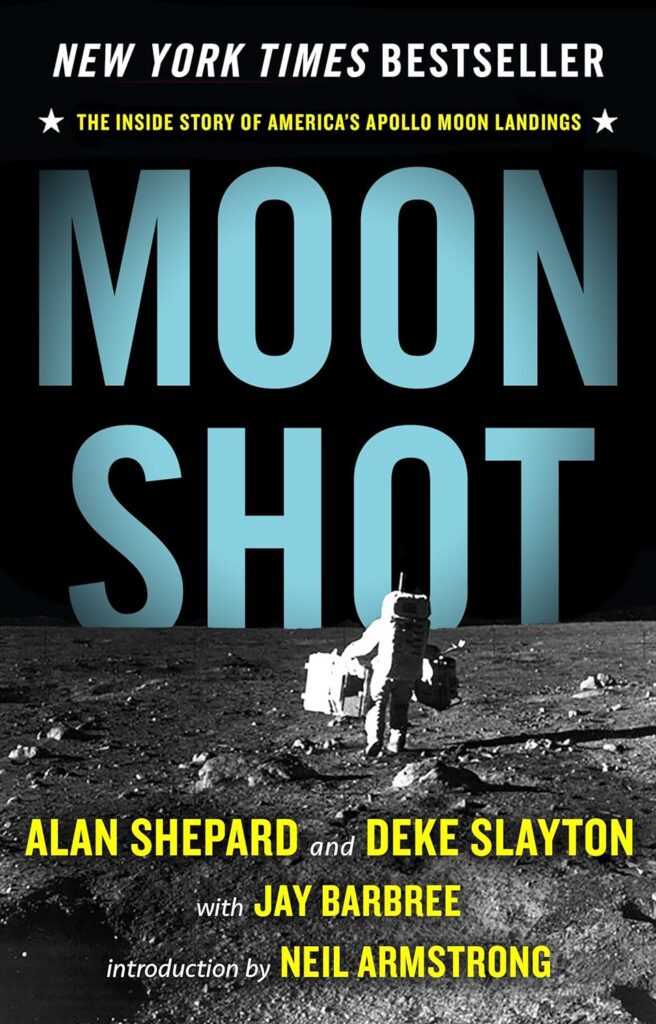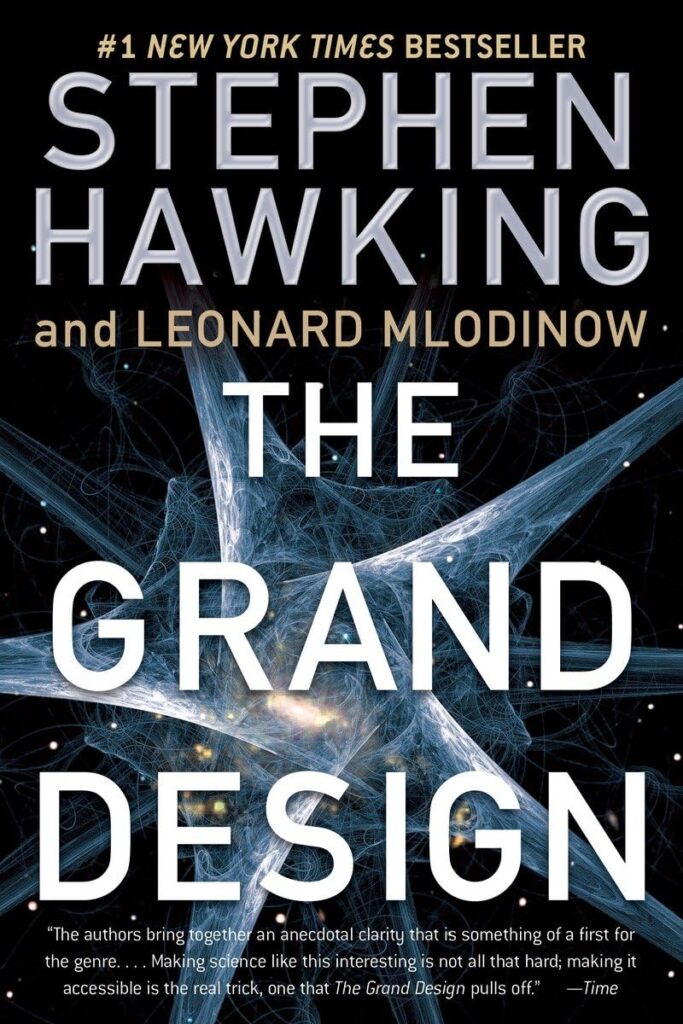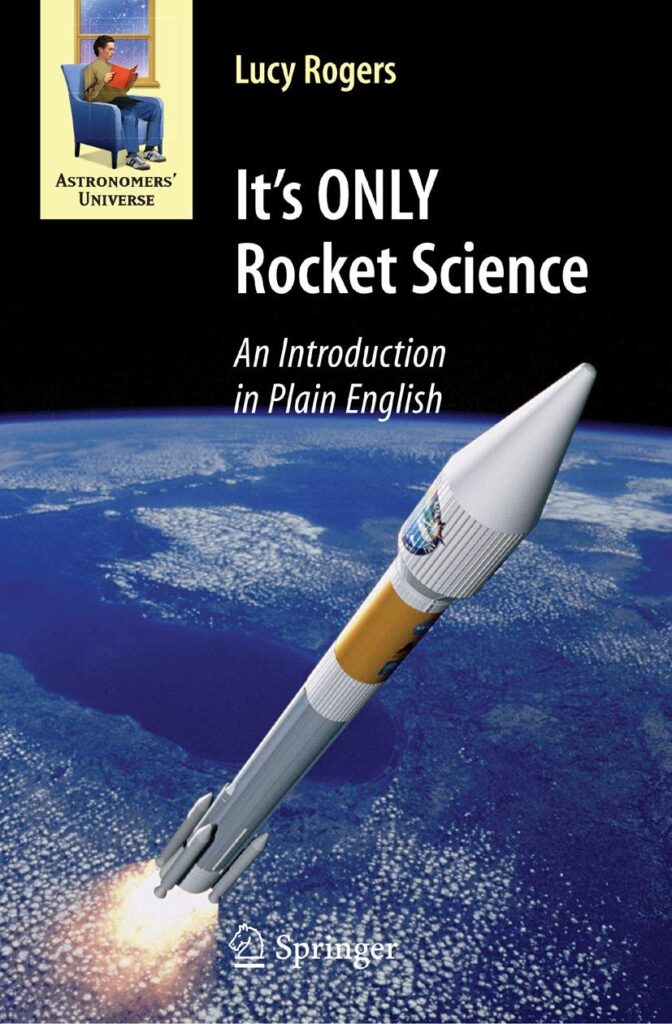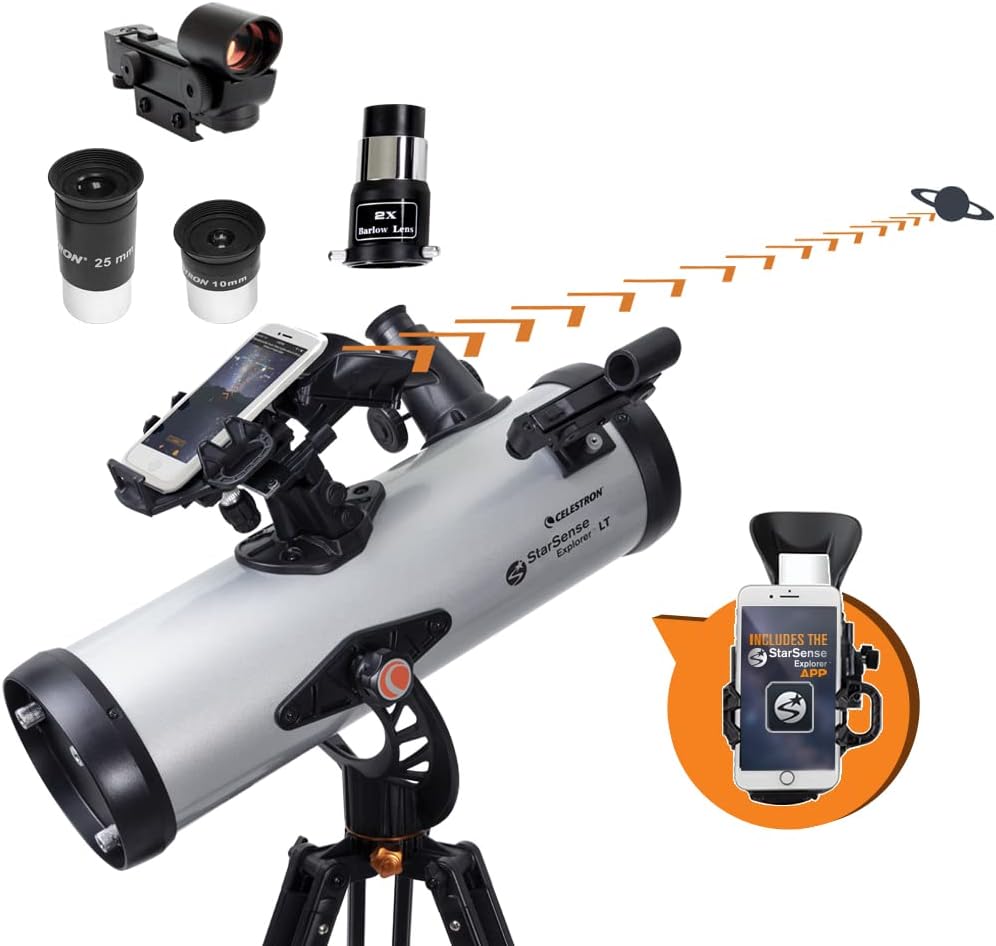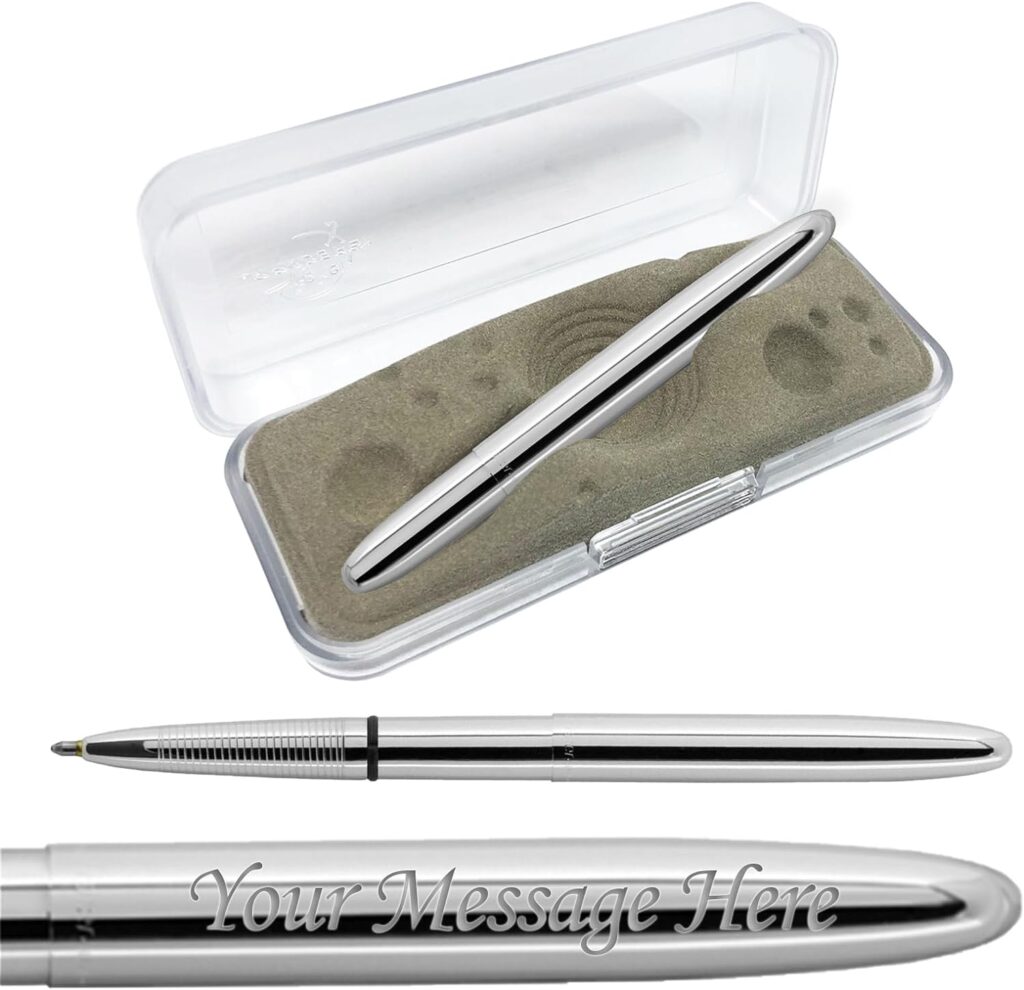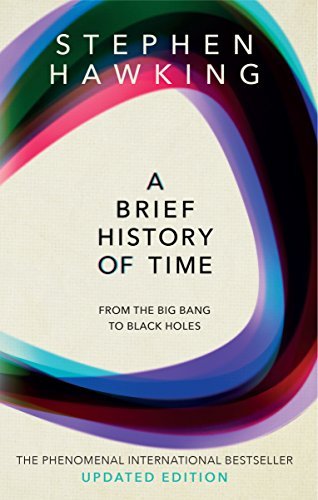The Planet Mercury: Astronomy and Space for Kids – FreeSchool
You’re watching FreeSchool!Mercury, the first planet from the sun, isalso the smallest planetin the solar system. It is even smaller thansome moons in thesolar system! Compared to other planets, littleis known aboutMercury, despite the fact that it has beenobserved by humans forlonger than 2,000 years. Because it is so close to the sun, only about36 million milesaway, it usually cannot be seen easily. Theonly time to seeMercury from Earth is during the twilightof sunrise or sunset,however, when Mercury can be seen, it shinesbrightly. Mercury was named for the Roman messengerof the gods, often shownwearing winged sandals because of his greatspeed. Like the RomanMercury, the planet Mercury is very fast. It has the shortest orbitof any planet in the solar system, completingan orbit around thesun in just 88 days. Although Mercury orbitsthe sun much morequickly than the Earth, it takes much longerfor it to rotate. Earth rotates once every 24 hours, but Mercuryonly rotates once every 59 days. Although it is the closest planet to the sun,Mercury is not thehottest. Because it has almost no atmosphere,the heat that comesto it from the sun quickly escapes back intospace. Still, theenvironment on Mercury is harsh. In the sunlight,temperaturesreach hundreds of degrees. At night, temperaturesfall far belowfreezing. One of the four inner planets in the SolarSystem, Mercury has arocky body, like the Earth. Mercury’s surfaceis solid, and coveredwith craters. It has no moons of its own,and it has no rings. Inappearance, Mercury closely resembles ourmoon!Two spacecraft have visited mercury. In 1975,Mariner 10 providedthe first up-close images of Mercury’s surface,mapping about 45%. In 2011, the MESSENGER missionachieved an orbitaround Mercury which has allowed much of theremaining surface tobe mapped. Although its surface is quiet now, the Messengerspacecraft discovered evidence that Mercuryonce had active volcanoes on its surface. Shield volcanoes and ancient lava flows wererevealed in the images that Messenger relayedto earth. Scientists continue to study Mercury, hopingto learn more about this small, mysteriousplanet. I hope you enjoyed learning more aboutMercury today. Goodbye till next time!



